Collagen is the most abundant protein in the body, and it is found in the skin, bones, and cartilage of a person. Patients often decide to have collagen injections in order to replenish the natural collagen in the skin as well as treat the appearance of scars on the body.
Let’s take a look at what is involved in collagen injections and how they can help reduce and improve the appearance of scars.
Collagen Injections Explained
In general, collagen injections are a cosmetic procedure that is performed by placing collagen under the skin to give the treated area a smoother and plumper appearance. The collagen injection can be made of human collagen, or it can be made of bovine collagen. In addition to improving the appearance of scars, collagen can provide a smoother and more youthful look to facial areas such as the eyes (crow’s feet), forehead and mouth (frown lines).
Collagen Injections for Scars – Options for Patients
In the past, patients with scars had to either live with them or they had to undergo a surgical procedure to remove the scar. The good news is that scars can often be corrected with collagen injections.
Bellafill is a long-lasting dermal filler that has been approved for the treatment of some scars. Bellafill is made of collagen from cows (bovine collagen) and the injection of Bellafill adds missing volume to lift the skin. In addition, the injection adds small Poly(methyl methacrylate) (PMMA) beads to provide additional support to the skin. The collagen will eventually be reabsorbed by the body, but the PMMA beads remain to support the skin and promote the development of further collagen. The patient must not have an allergy to bovine collagen, and it is available for both male and female patients.
Collagen injections are considered to be soft tissue fillers and they are an ideal option for improving the appearance of hollow or sunken (depressed) scars. The injection stimulates the growth of collagen and it also elevates the skin depression that results from the scar.
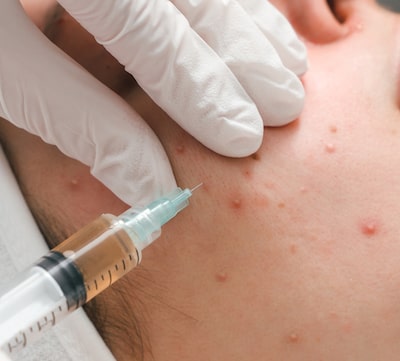
Collagen Injections – How Long Do They Last?
While collagen injections are considered to be permanent, the final results have been reported to last for up to five years. The final results can be prolonged if the patient decides to have follow-up treatments/additional injections before the five-year period is over. Some patients decide to have treatment once or twice per year to maintain the results.
Either way, additional treatments will be necessary in order to maintain the desired look to the scar that is treated with a collagen injection.
Collagen Injections – How Long does it Take for the Results to Appear
The effects of collagen injections are visible almost immediately but keep in mind that it can often take several weeks or months to gain the final results. The immediate changes are welcomed by patients who want to walk out of their appointment with skin that has a radiant and more youthful appearance.
Collagen Injections – Are There any Risks?
The doctor will administer a skin test before injecting the collagen which means serious reactions to the treatment are very rare. However, there are some possible side effects that are often found with other cosmetic procedures:
- Redness of the skin
- Infection located at the site of the injection
- Discomfort
- Skin rash
- Itching
- Lumpy skin
The collagen treatments can be placed in multiple areas of the body. The part of the body chosen by the patient is often one where a scar is visible to others. They usually want to lessen or reduce the visibility of the scar as they are often self-conscious about its appearance on the body.
There are several steps patients can take to minimize any possible risks. The first step was mentioned earlier which is undergoing a test to make sure there is no allergy to the collagen injection.
Patients should make sure to visit a licensed and experienced medical provider when choosing a doctor. They should read actual patient reviews and ask questions when they meet with the doctor. Addressing any questions or concerns in advance will make the patient feel more confident about having the treatment.
Patients should never attempt to perform the treatment on their own body with collagen fillers that they purchased from another source, they should closely follow any post-treatment instructions provided by the doctor to ensure an easy recovery and optimal results. Call the doctor right away if the side effects are more severe than expected.
While the risks are normally not very severe, patients should still monitor their recovery and contact the doctor if they have any additional concerns or conditions that appear after the collagen injections are performed. It is important for the patient to keep in contact with the doctor as the medical professional can answer questions, prescribe a treatment plan and help the patient to successfully treat any side effects.

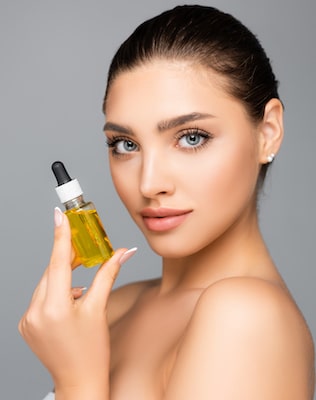 When treating burns and scars, vitamin E is often a very popular option. However, there have been multiple studies conducted to prove the validity of that use and unfortunately the results have been disappointing in some cases.
When treating burns and scars, vitamin E is often a very popular option. However, there have been multiple studies conducted to prove the validity of that use and unfortunately the results have been disappointing in some cases.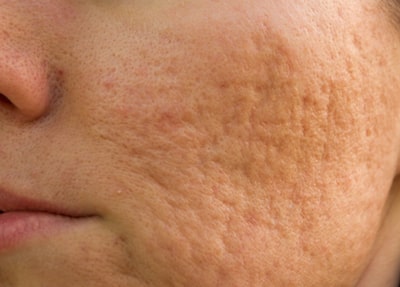
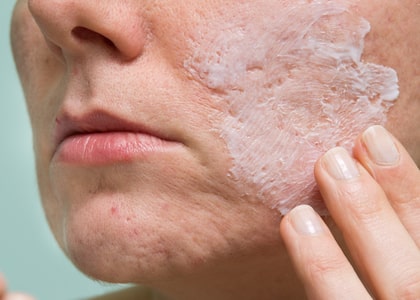 The use of home remedies for scars can help to reduce the appearance of the scars located on the body. In general, home remedies are ideal for treating new scars or scars that are relatively minor in their appearance. If a scar on the body is older, or considered to be extensive in its appearance, it is best to visit a doctor to discuss medical cosmetic treatment options instead of home remedies.
The use of home remedies for scars can help to reduce the appearance of the scars located on the body. In general, home remedies are ideal for treating new scars or scars that are relatively minor in their appearance. If a scar on the body is older, or considered to be extensive in its appearance, it is best to visit a doctor to discuss medical cosmetic treatment options instead of home remedies.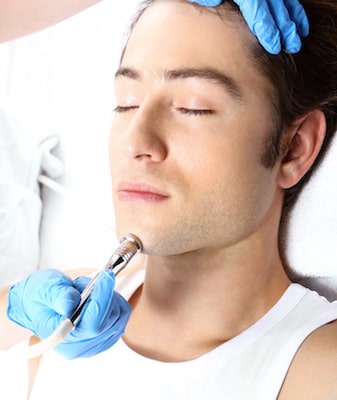 Older scars that tend to be more visible might only respond to medical or cosmetic treatments of the scars. Here are some examples of the most effective medical and cosmetic scar treatments:
Older scars that tend to be more visible might only respond to medical or cosmetic treatments of the scars. Here are some examples of the most effective medical and cosmetic scar treatments: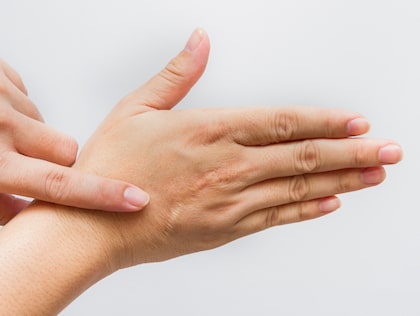 Scar revision surgery is performed to minimize the look of a scar as well as help the scar better blend-in with the skin that surrounds it. Scars can be the result of a surgical procedure and they can also appear after an injury or accident occurs to a person. Once an injury or wound appears on the skin, the soft tissues that surround the wound or injury can change shape or become uneven, sunken or
Scar revision surgery is performed to minimize the look of a scar as well as help the scar better blend-in with the skin that surrounds it. Scars can be the result of a surgical procedure and they can also appear after an injury or accident occurs to a person. Once an injury or wound appears on the skin, the soft tissues that surround the wound or injury can change shape or become uneven, sunken or 
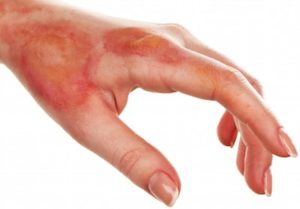 First-Degree Burn – The burn only damages the epidermis of the skin (top layer of the skin) and causes skin discoloration that is pink to red. In addition, the skin will show some minimal swelling and patients will experience some moderate discomfort but the burn can normally be treated at home.
First-Degree Burn – The burn only damages the epidermis of the skin (top layer of the skin) and causes skin discoloration that is pink to red. In addition, the skin will show some minimal swelling and patients will experience some moderate discomfort but the burn can normally be treated at home.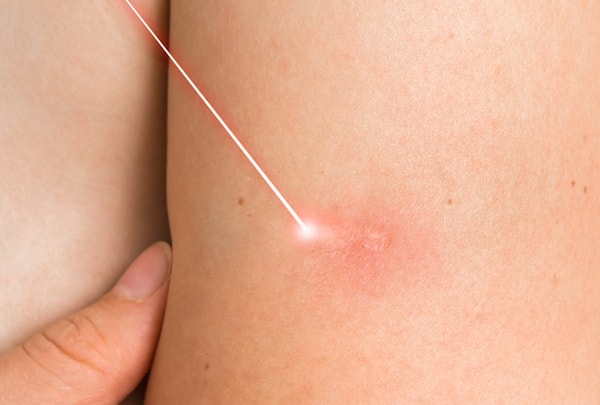
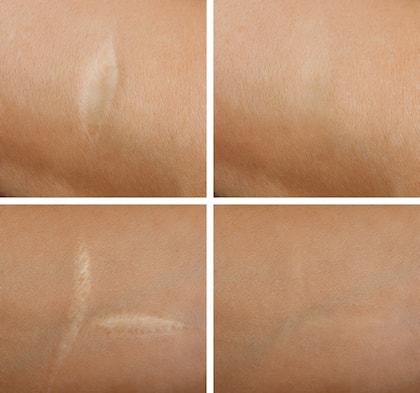
 Underwood is considered to be one of the most beautiful women in country music so her fans were alarmed when she announced the fall. Her injuries included a broken wrist and over 40 stitches in her face thanks to a gash around her upper lip. According to Underwood, she was taking her dogs out when she tripped after missing a step. She tried to catch herself but was unable to stop herself from taking a tumble.
Underwood is considered to be one of the most beautiful women in country music so her fans were alarmed when she announced the fall. Her injuries included a broken wrist and over 40 stitches in her face thanks to a gash around her upper lip. According to Underwood, she was taking her dogs out when she tripped after missing a step. She tried to catch herself but was unable to stop herself from taking a tumble.